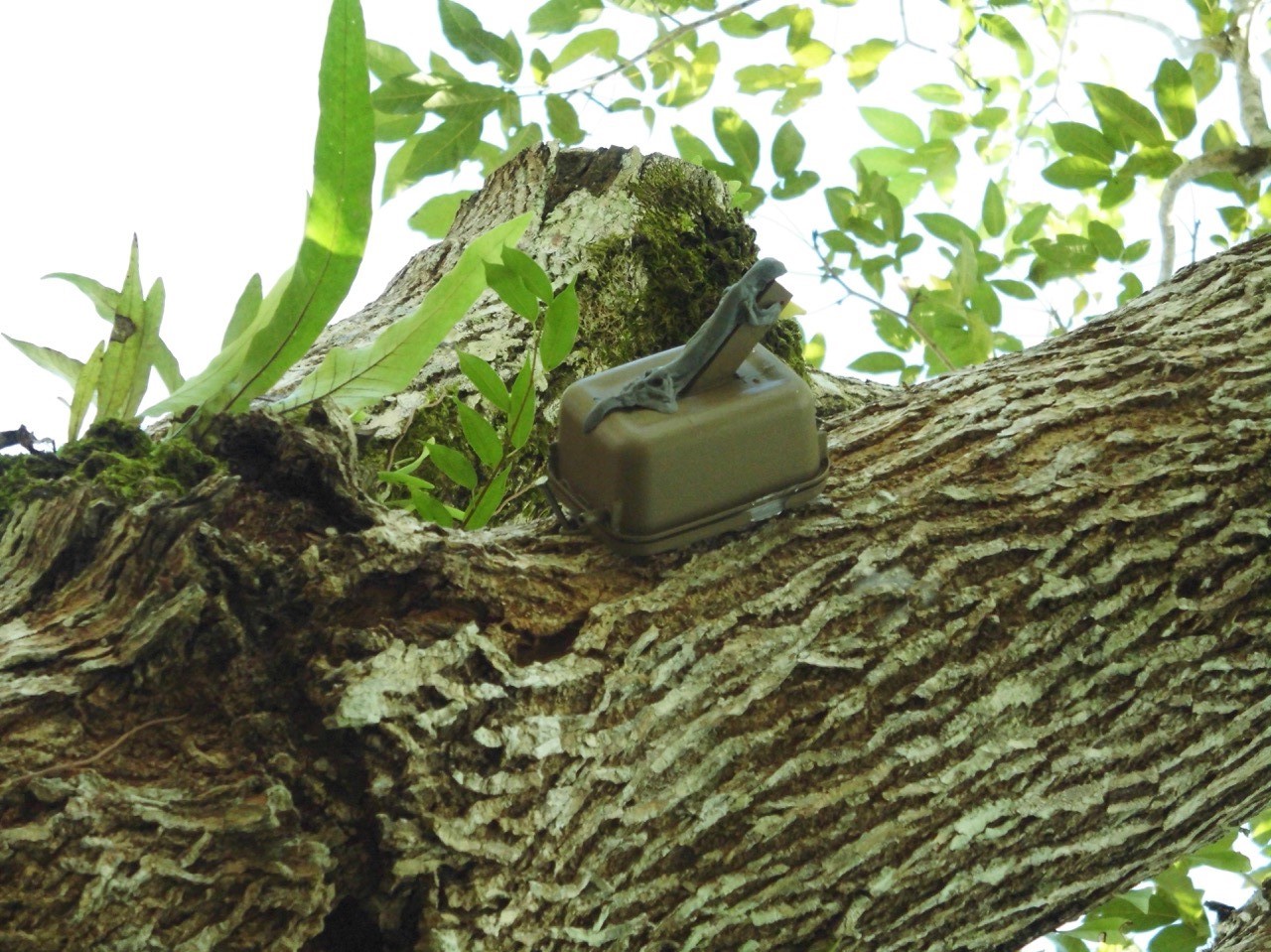Media release
From:
Wild predators avoid odd looking prey, which solves a longstanding puzzle of how elaborate predator-prey warning systems evolve, UNSW research shows.
A study led by Dr Terry Ord from the Evolution & Ecology Research Centre at UNSW Science’s School of Biological, Earth and Environmental Sciences, shows how novel audacious colours and behaviour can evolve in prey and become warning signals that advertise prey unprofitability to weary predators.
The study has been published in the Proceedings of the Royal Society B.
In the study, scientists deployed thousands of robotic prey that performed various conspicuous or cryptic behaviours.
Predators were found to have avoided prey that looked unusual, despite these standing out the most in the environment.
Instead, cryptic robotic prey were frequently attacked because these prey behaved and looked more familiar to predators.



 Australia; NSW
Australia; NSW


